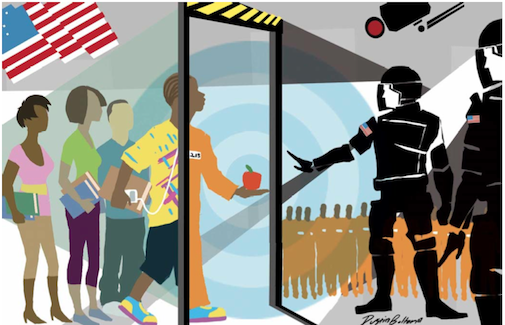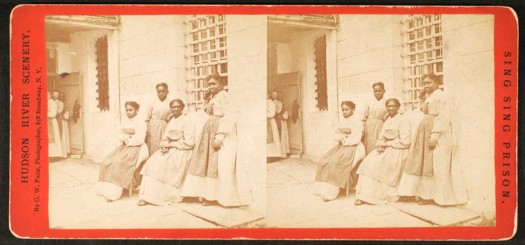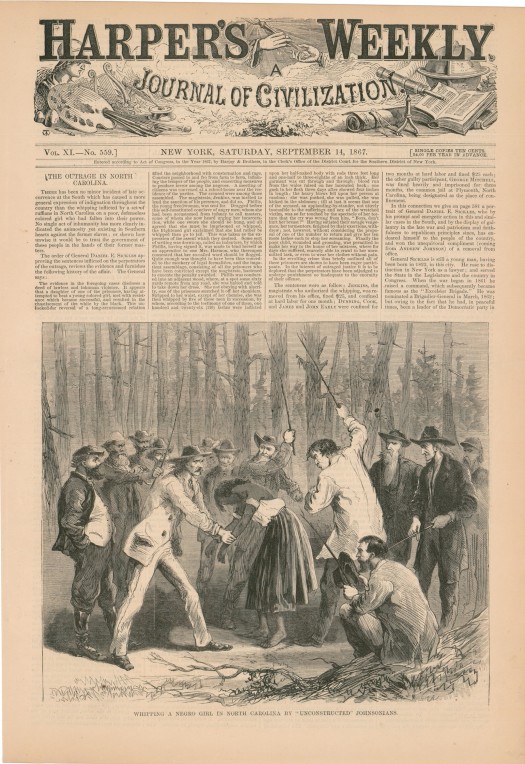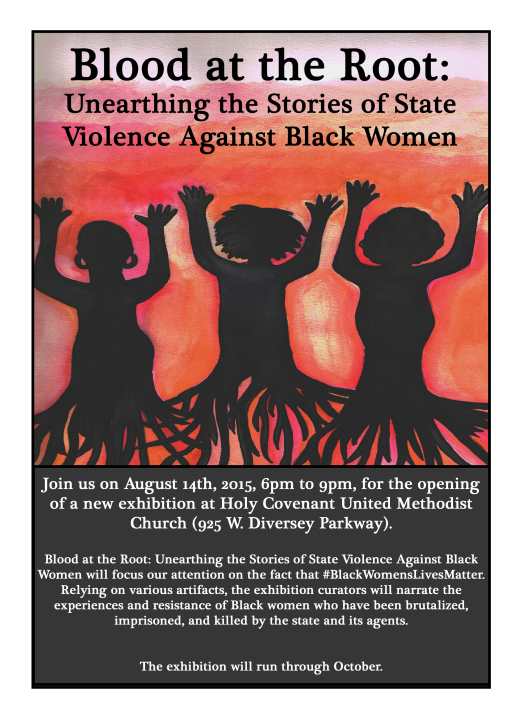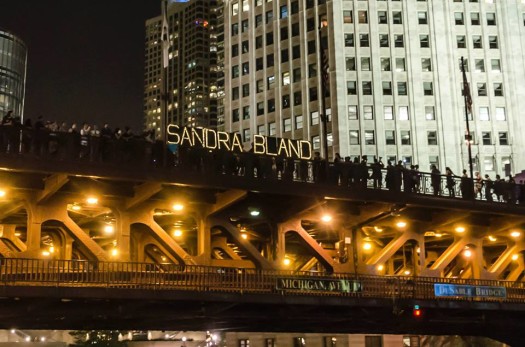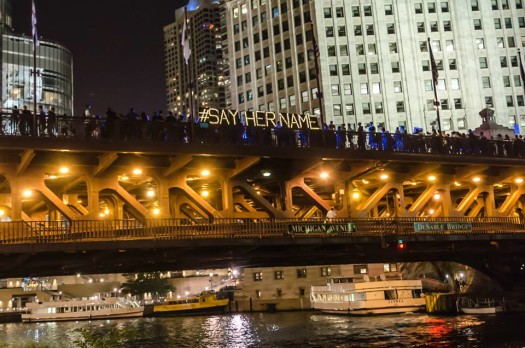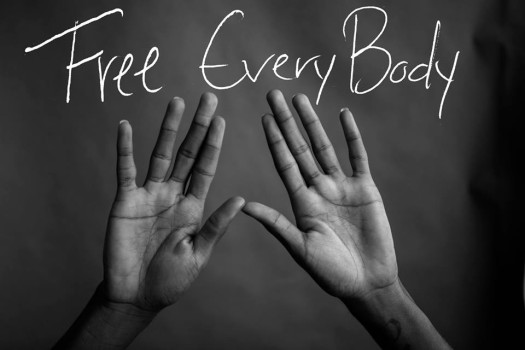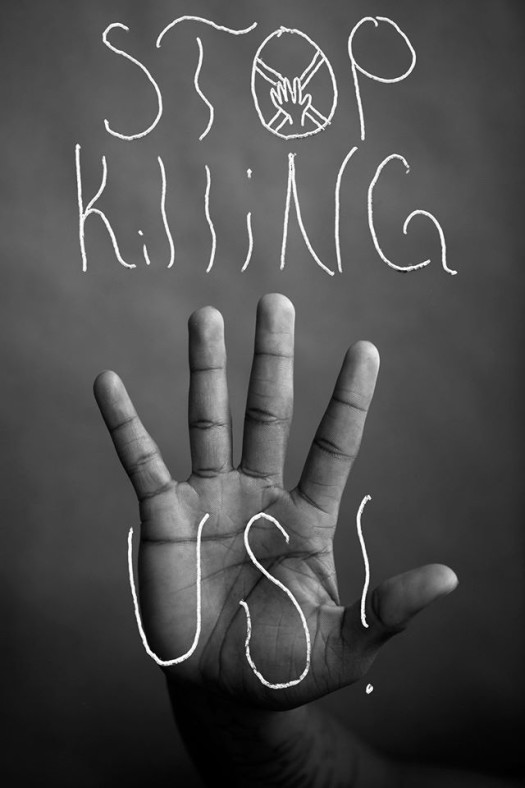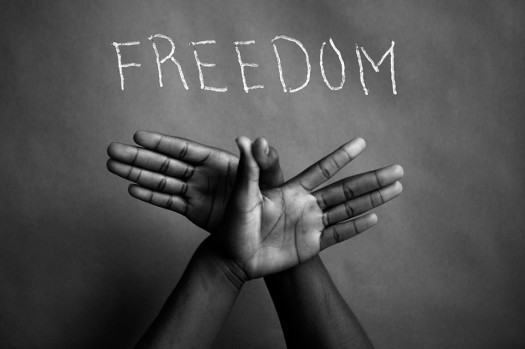Guest Post: “You Ain’t Shit” Says Cop to Young Person
In light of the story of Ahmed Mohamed, a 14 year old boy in Texas who was arrested for bringing a clock to school that administrators mistook for a bomb, I wanted to share this a post by my friend Pidgeon Pagonis written last year. It underscores the routine criminalization of young people of color in our public schools. Pidgeon is an intersex activist, lecturer & consultant. For more information about them, visit their site.
Last Wednesday I was in a Chicago Public High School (CPS) recruiting youth in the cafeteria for an after school program centered around teen dating violence prevention and social justice. Undergrads from a local University are paired with high school students for 2/3 of the school year and culminates with an end of the year community project where the youth share back what they’ve learned with their people. Throughout the year, we investigate oppression, racism, classism, sexism, ableism, masculinity, healthy relationships, sexuality and the list continues. You get it.
So, like I said, I was handing out flyers in the cafeteria of a high school on the city’s southwest side. The immediate neighborhood has houses that are all tidy and kept up and the school is all nice looking.
Anyways, I met with the school counselors, representatives from a local large “family services” org, the student advocate/dean (due to budgeting, he’s both) and some other folks that deal with student activities. I asked them about their sense of dating violence in the school and they said “There hasn’t been none of that in about 3 years…” They looked at each other and all sorta shook their heads in agreement. They told me that all the “bad kids” are gone and I wouldn’t have to worry bout that. “Where did they go?” I asked? “Dead, transferred out, or just gone,” was his response. “The problems we have now are kids being lazy or making out in the hallways. That’s what you can help them with. You can probably open this door right now and see some of that in the hallway.” They all “um-hmm’d” at the same time and it was a consensus. All the bad kids are gone, and the ones left make out too much.
This was my first day there so I didn’t say much. I was just there to ask questions, listen, and get our program’s foot in the door.
Fast forward to the following week (last Weds.). So, I was standing in a cafeteria of a strange new high school. All my insecurities and fears came back like it was my first day in that new school I had to go to in 5th grade. I haven’t been in a high school cafeteria since before I started getting gray hairs…
So like I said, I was recruiting. I was looking cute. Feeling brave. My undergraduate interns were scattered across the cafeteria handing out flyers and information about the after school program and some were stationed at our table. I walked over to a table of 2 students and handed them 2 flyers. I started talking about why our program is badass and necessary. Just as I started to say, “the program looks at violence in dating relationships and tries to empower young people to…”, I heard a student about 20 yards away from me that had just been thrown up into the cafeteria wall by a cop. The young person was almost a foot shorter than the cop and the cop was decked out in his uniform, vest, gun, night stick, tazer, etc. The cop repeatedly threw the kid in the wall and chest bumped him over and over again. The young person repeatedly tried to maintain his balance and defend himself, but the cop was winning this battle.
Before I knew it, my feet were carrying me over to the cop and the young person. I started yelling at the cop “STOP TREATING HIM LIKE THAT?! STOP TALKING TO HIM LIKE THAT!!” The cop at this point was yelling in the kids face, “YOU AIN’T SHIT. FUCK YOU. FUCK YOU! YOU AIN’T SHIT” while spit flew from his mouth into the young person’s face. The young person responded back the best he could with his own round of “Fuck You’s”—but really it was a futile attempt to reclaim a bit of his dignity in a manufactured situation where his power had already been stripped from him the minute he walked through those metal detectors that morning. The cop looked as if he was about to break his arm over his head and eventually handcuffed him and pushed him out.
I immediately saw the people I had met the previous week. I looked at the “student advocate/dean” and pleaded with him and he just said, “that’s just the way it is.” I then looked at my contact from the “family services” program and he just shrugged as well. Everyone went back to eating and functioning as if what had just happened was normal. It was normal. It is normal for our kids everyday. I went back to the table that I had previously been recruiting at and asked if that was a normal occurrence. They said, “not really, but to the black kids—it is.” And they say young girls are falling behind in the sciences…that was some participant observation if I ever saw it.
I continued my recruiting until the last lunch bell rang. Then I headed out of the school with my team of interns and we debriefed on the train. We shared with each other how in just a little over an hour we had each heard some heavy stuff from the teens. One person told us that she was kicked out a year before and now lived with her boyfriend who she was engaged to. She also shared with us that she was selling cigarettes saying, “I gotta pay rent.” Another student told us she had a seizure after getting in fight the prior week with her boyfriend who I’ll call “Nick”. Screen printed on her shirt were the words, “Nick’s Keeper.” Multiple students told me that she was abusive towards “Nick” and one even told me “She’s the man in the relationship.” When I pushed back and asked her if she believes men beat their girlfriends, she just kinda smiled and said “I don’t know.” I told her to come to the after school program so we could talk about it. She asked if she would be able to see “college boys” if she joined, and I said “yes”— to which she started screaming and signed up right a way. Another student at that table that had signed up to come to the program had ‘Chi-Raq” tattoed across his neck. He spoke very softly and said he really wanted to come to the program. Another girl, who was pregnant, told us she would come if “this didn’t get in the way” and by this, she meant her soon to be born baby. We heard so much in so little time. It triggered me into remembering the school officials telling me the week before that dating violence hadn’t been an issue in the school in “over 3 years.”
As we begin the program this week I will start to ask the youth questions about what they think are the biggest injustices going on in their community. I will work with the interns to create an environment that taps into their own curiosity and observations about what’s going on in their school to hopefully inspire them to reach out to fellow students with surveys about violence. Then, I hope they can turn around and share their youth led research results with their administration. Maybe we can also work together to create digital storytelling pieces that allow their voices to come together as a unified story that can be shared with the world.
One of my interns who graduated from a nearby CPS high school. He said that when he saw what happened earlier in the day with the cop and the kid—he just brushed it off as normal. He was desensitized to it because it’s what he grew up seeing all the time in his own high school’s cafeteria. He said that he no longer feels like it’s okay for cops to treat kids like that. He said he feels his ideas changing now.
If you have any ideas about how to do this work with youth please share your thoughts. My views do not represent the views of the program, university or high school that I work with.
MLK said he had a dream that one day his children would not be judged by the color of their skin, but the content of their character. We ain’t there yet.
